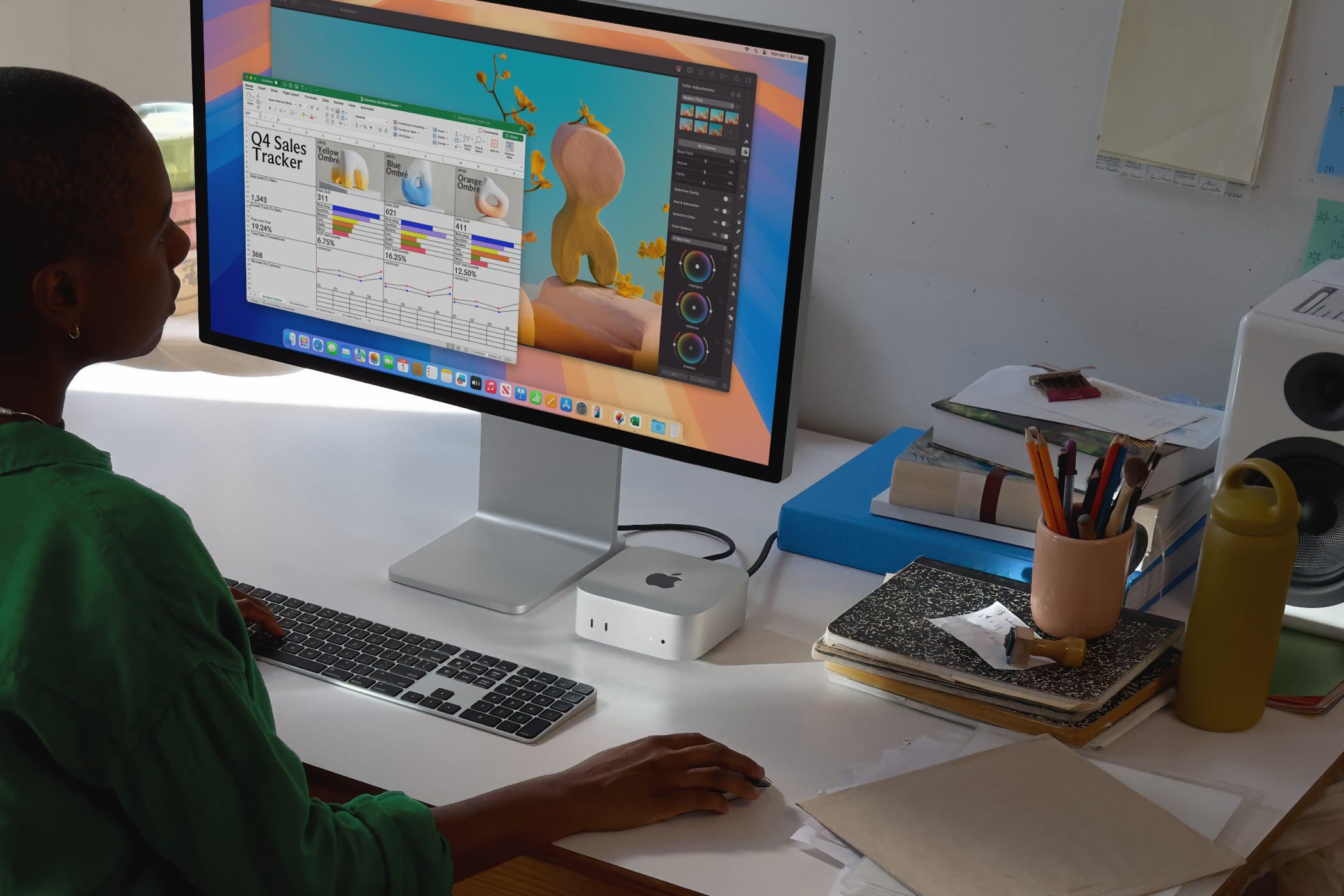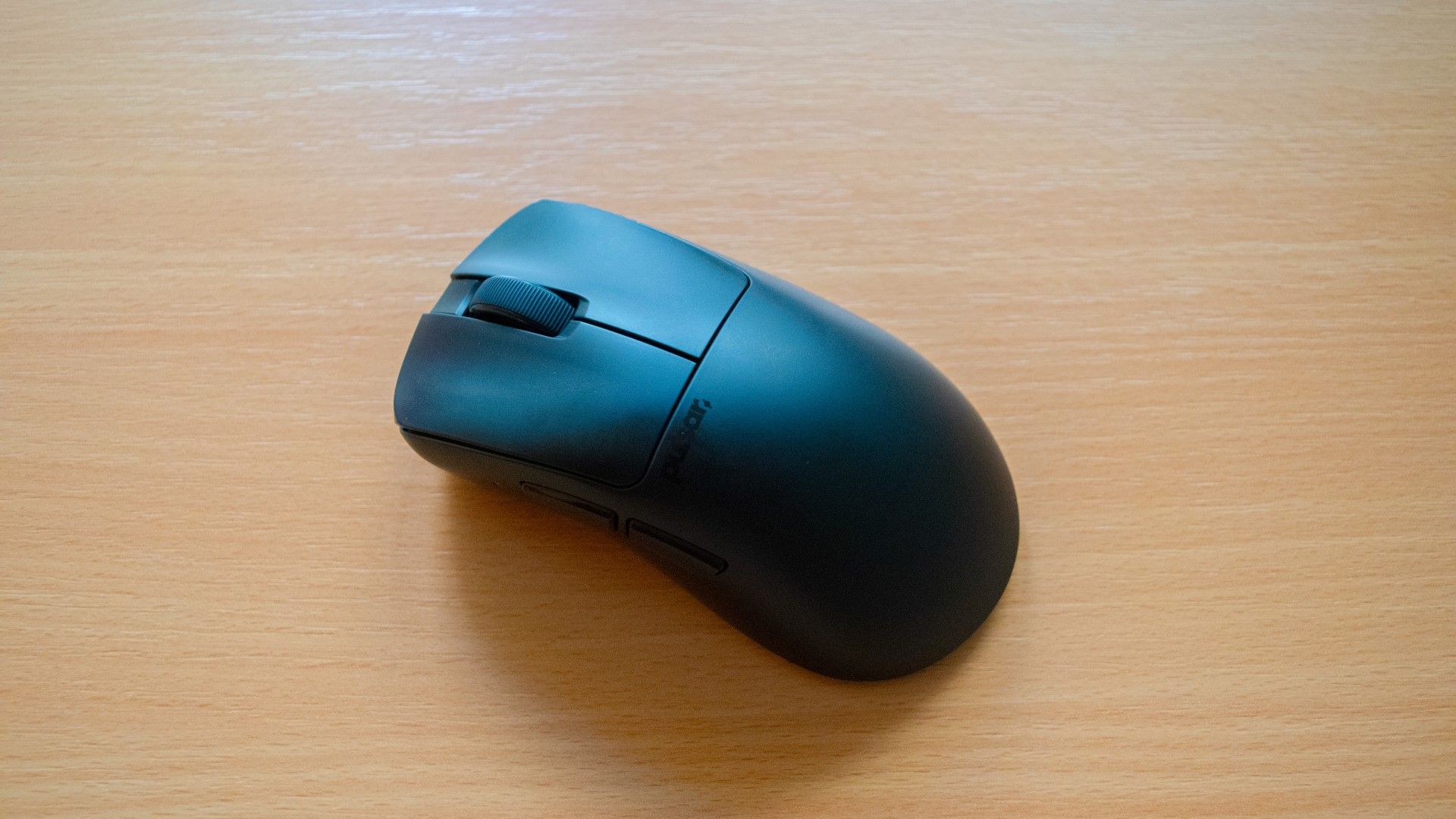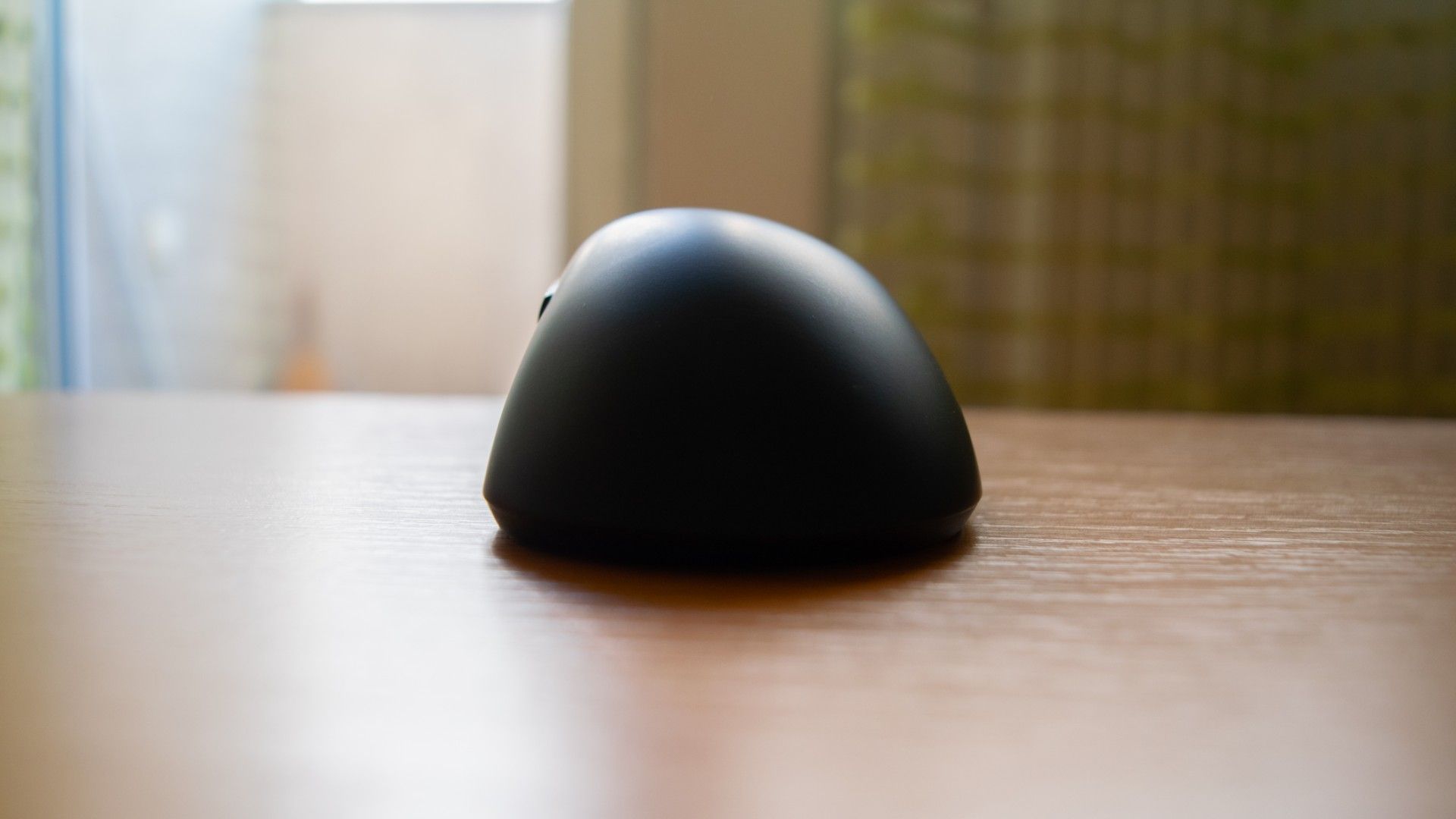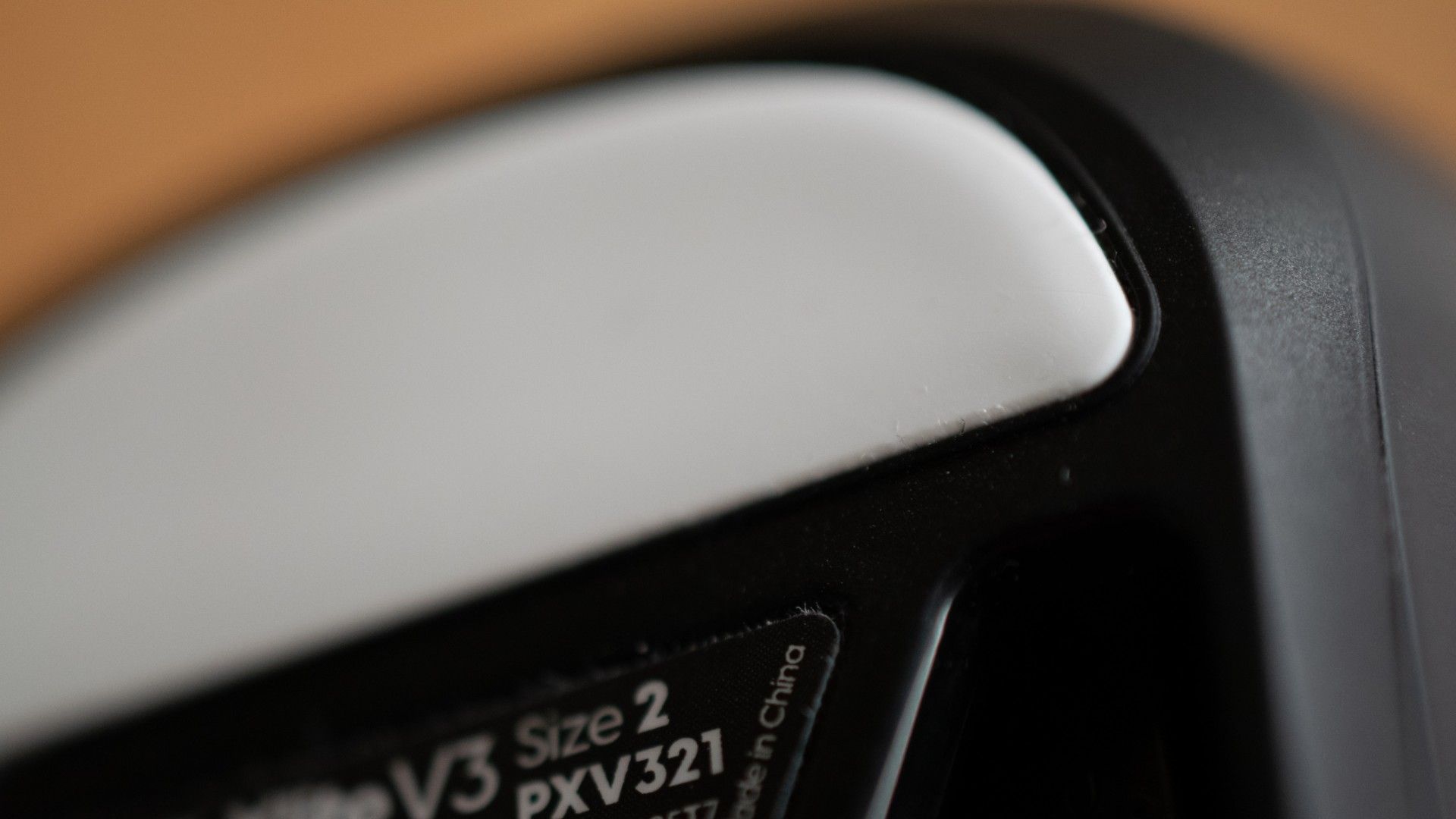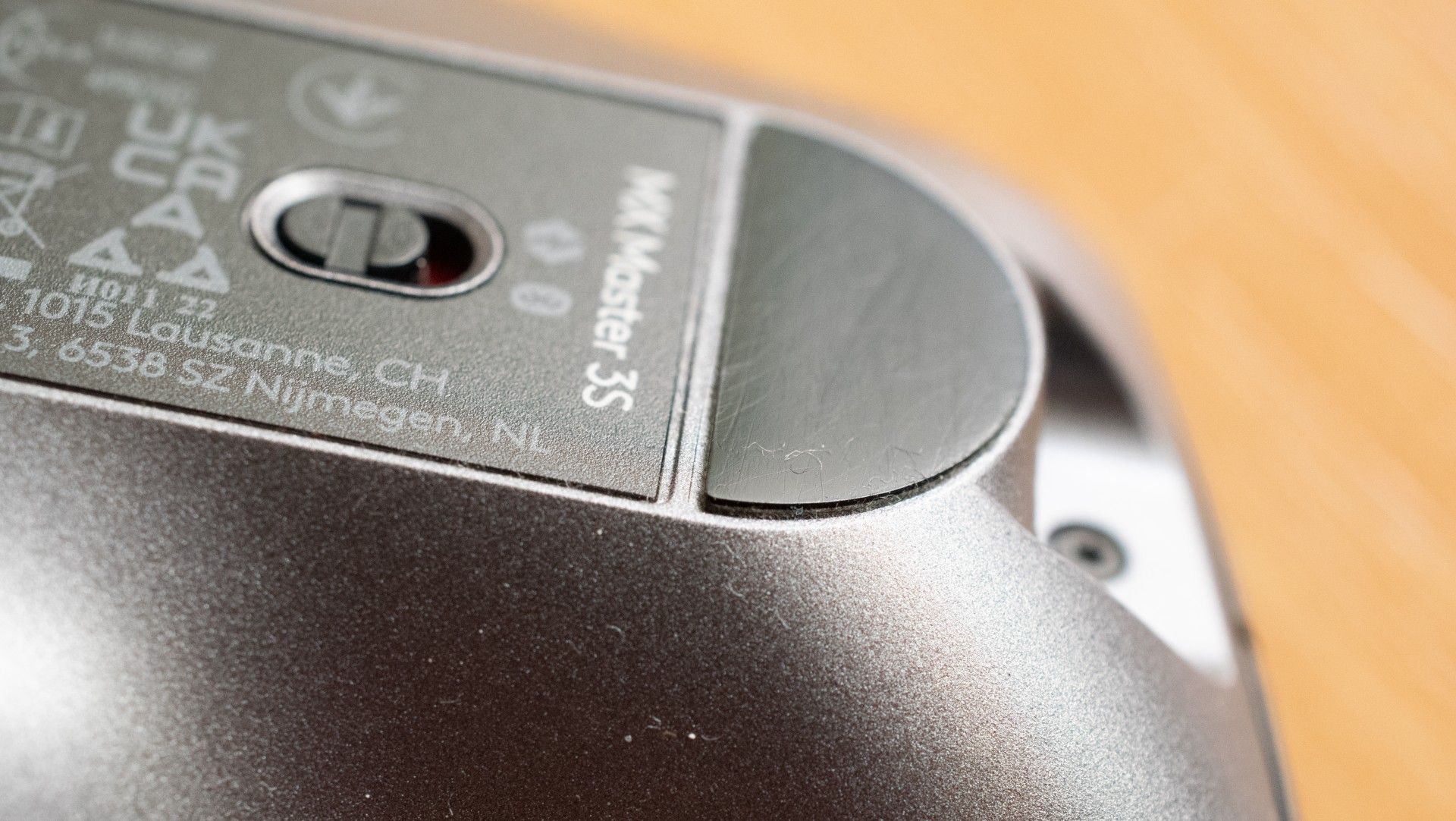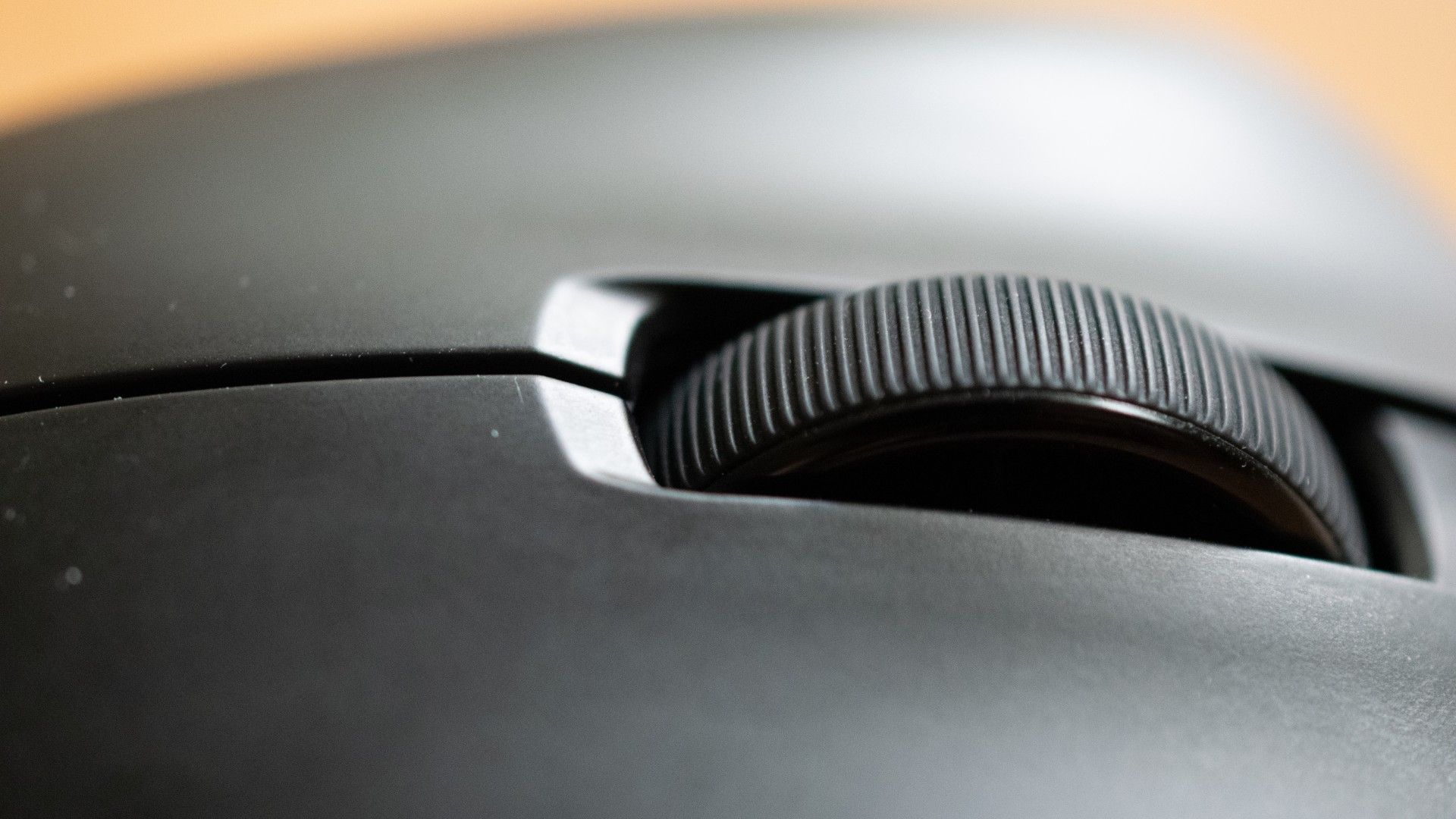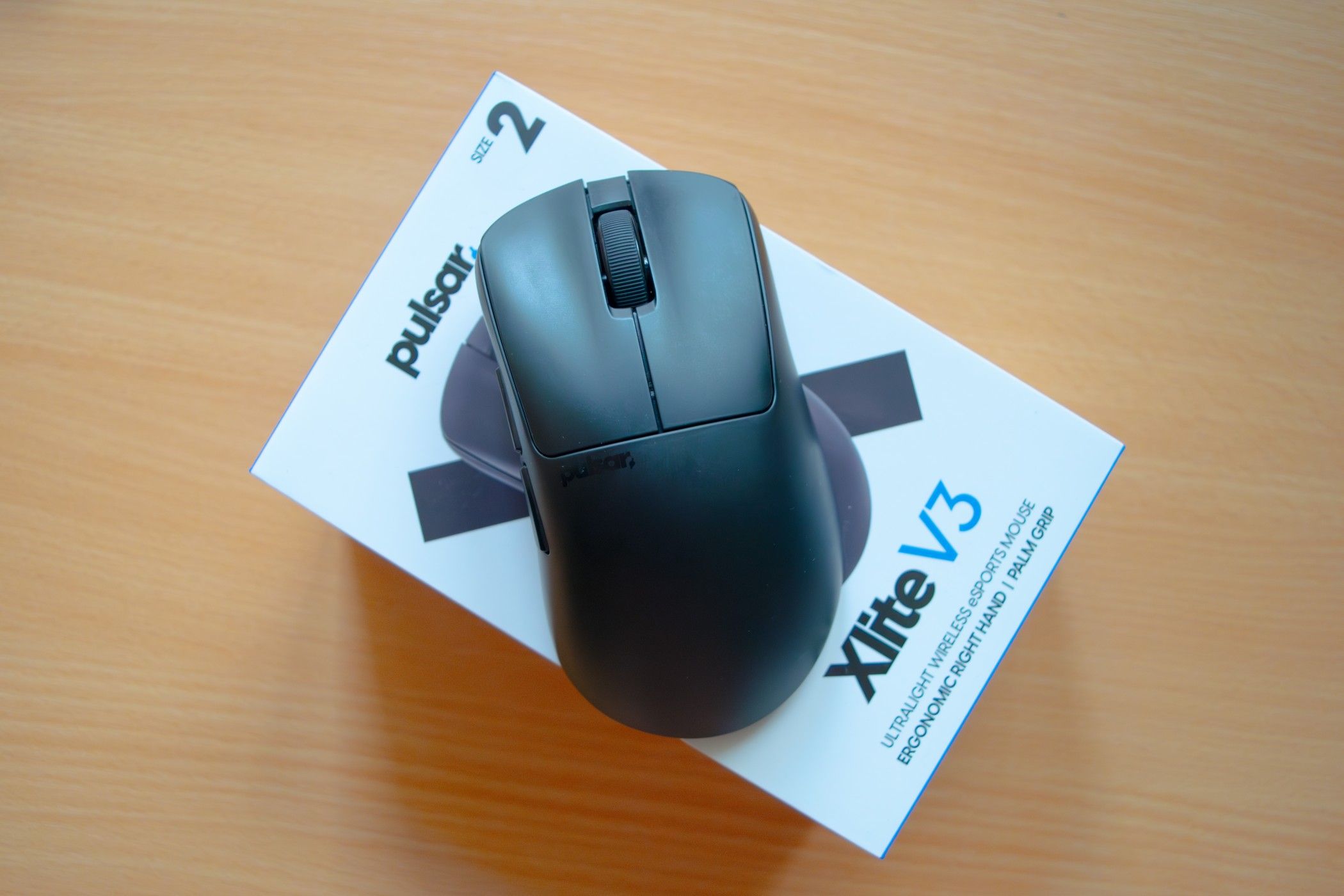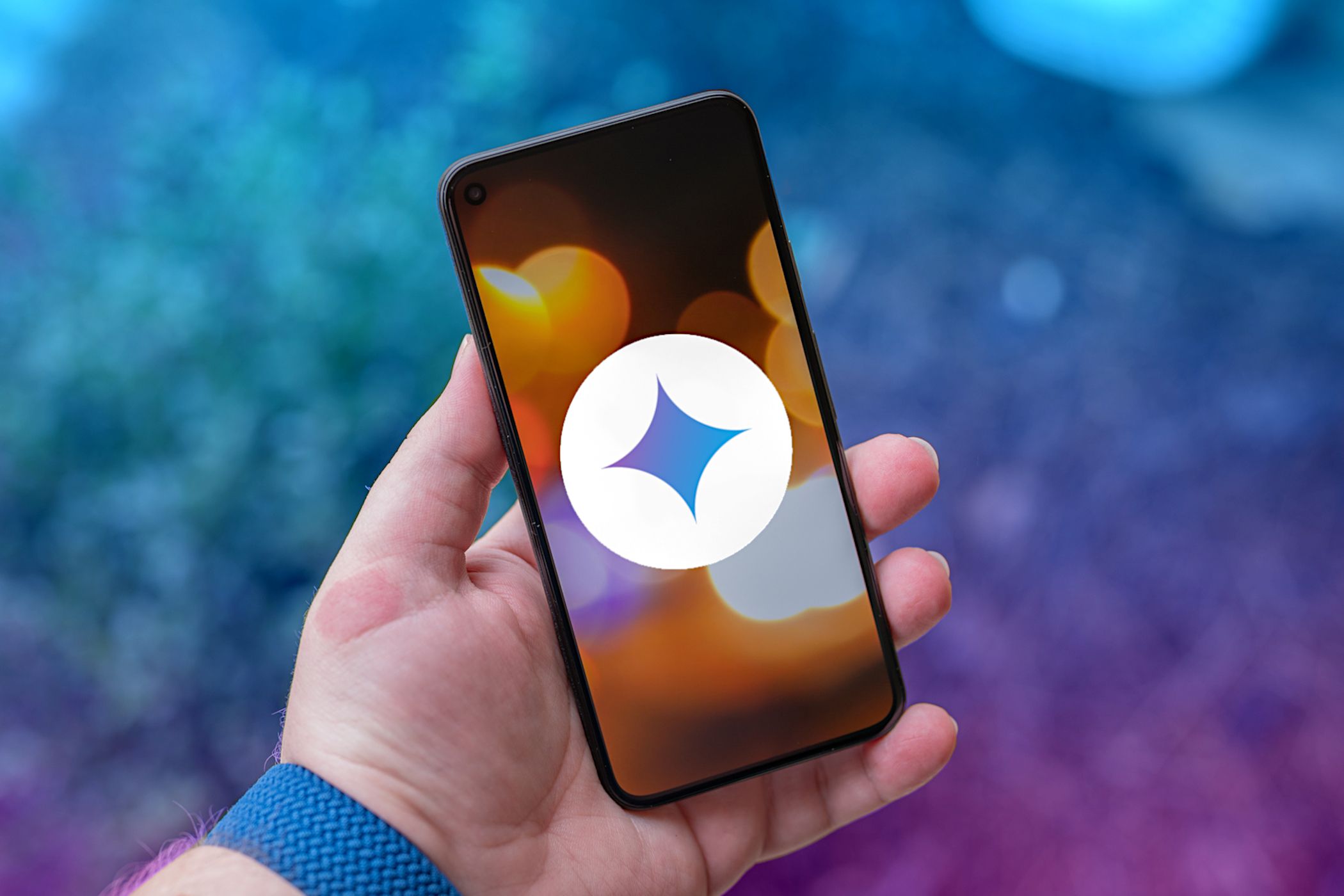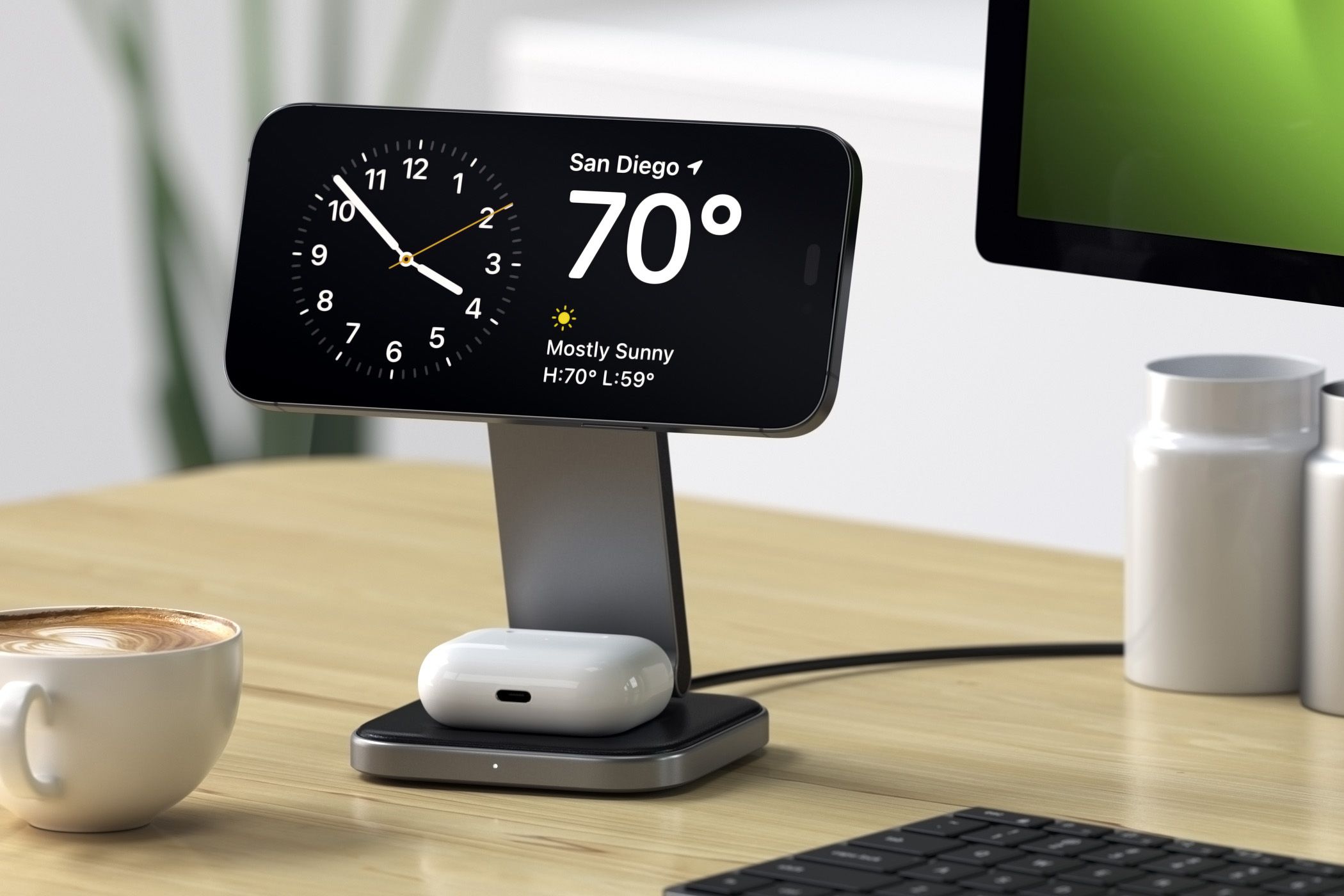I Started Using My Ultralight Gaming Mouse for Work (and I Love It)
Mouse
Summary
- My ultralight gaming mouse offers superb comfort and precision due to its ergonomic design and lightweight build, making it excellent for productivity.
- Compared to the Logitech MX Master 3S, my Pulsar Xlite V3 provides a smoother, more precise experience thanks to its humble weight, better sensor, low latency connection, and feet made of pure PTFE.
- While the Xlite V3 is a near-perfect productivity mouse for my needs, loud clicks and lack of an infinite scroll wheel might be dealbreakers for some people, especially those who often work with massive spreadsheets and overtly long documents.
About five months ago, I replaced my aging Logitech G305 with a Pulsar Xlite V3, an ultralight gaming mouse that weighs only 55 grams. Over time, I slowly started using it for more than gaming, and nowadays, I find myself often using it for work instead of my Logitech MX Master 3S. Here’s why.
As Comfortable as the MX Master 3S and Light as a Feather
The two major reasons why the Logitech MX Master 3S sits on the bench when I work is because the Pulsar Xlite V3 is just so comfortable while also being incredibly light.

Logitech MX Master 3S
$10
The Logitech MX Master 3S takes a great mouse and makes it even better. Keeping the comfortable form factor that will fit the needs of every user, as long as they’re not left-handed.
$90 at Amazon
Its ergonomic design makes the Xlite V3 as comfortable as the MX Master 3S. It’s on the larger side for a gaming mouse, so I can use the palm grip without issues. The side bump on the right side of its body gives my pinky a resting place and prevents it from touching the desk pad when using the mouse, something I hated with the G305.
The only thing missing is the thumb rest. However, the mouse is shaped so that you naturally grip the left side of the shell with your thumb, placing it just under the side buttons, which makes for a super comfy grip.
Then you’ve got the ultralight part of the equation. Just 55 grams of mass combined with massive feet made of pure PTFE, which glide over my pretty basic and anything but high-end desk pad like ice. It gives you a feeling of controlling the mouse pointer directly with your hand. It’s like the mouse is some sort of cybernetic add-on that fuses with your hand and makes every movement super precise and effortless.
I can’t say the same about the MX Master 3S. Firstly, you’ve got the feet, which are the worst part of the entire mouse. They’re made of some kind of plastic material that is not closely as smooth as PTFE. To add insult to injury, the feet have sharp edges (why?!), creating noticeable friction when moving the mouse around, especially on pads made of cloth, like mine.
Over time, the edges have somewhat worn down, but they’re still quite sharp and induce a lot of unnecessary friction. Now, the added weight of the MX Master 3S doesn’t bother me. But when you combine its hefty weight with a poor sensor compared to what’s inside the Xlite V3, Bluetooth instead of 2.4 GHz wireless connectivity, and the trudging feet, the end result is a less-than-ideal experience that’s much less precise and effortless compared to using the Xlite V3.
I can notice this when trying to click on a mistyped word. With the MX Master 3S, I rarely place the pointer just in front of the mistyped letter to edit the word easily; I have to move the mouse rather slowly to hit just the right point. With the Xlite V3, I do that effortlessly every single time. Since I’m a writer, this was a game-changer. But these aren’t the only tricks up the Xlite V3’s sleeve.
The battery’s also surprisingly long-lasting for such a light mouse. I get about a week and a half of usage before I have to recharge it, which is a pretty solid result for a gaming mouse in general, let alone one that weighs 55 grams! I also like that the charging time is rather brief.
The build quality and materials used are also excellent. The mouse features a solid body, with only the bottom of the chassis sporting large holes, which doesn’t affect the overall experience of using it. Pulsar also used a wide printed circuit board that improves the overall robustness and rigidness of the mouse. It doesn’t creak when you apply lateral pressure to it.
The side buttons are great as well. They are thick and wide and a joy to use, placed just right so as not to be able to accidentally actuate them. The side buttons on the MX Master 3S do have nice and firm feedback when pressed, which I prefer. On the flip side, they’re tiny and their inner edges are sharp, which I’m not a fan of.
The Scroll Wheel and Clicky Buttons Might Be a Dealbreaker
Now, I love the scroll wheel on the Pulsar Xlite V3, but you might not. I’m a writer, so I rarely use the infinite scroll on the MX Master 3S. I mostly use the scroll wheel in the ratcheting mode since I don’t work with huge spreadsheets.
It’s firm, coated with a pleasant-feeling rubber, and has a high yet pleasant dose of resistance when scrolling. It’s an excellent and very precise scroll wheel. It fully fulfills my needs because I usually scroll through documents that are just a couple of pages up to about a dozen pages long.
On the other hand, if you’re working with massive spreadsheets or exceedingly lengthy documents, I get why you might love the infinite scroll. The scroll wheel on the MX Master 3S being metal is also a plus if you ask me. But for my workflow, the regular scroll wheel is more than sufficient. The Xlite V3 doesn’t include a secondary scroll wheel, which I don’t mind since I’ve mapped the one on the MX Master 3S to volume control. However, if you rely on the secondary scroll wheel in your workflow, its absence might be a dealbreaker.
Now, the second issue will probably end up being a dealbreaker for many who’ve come this far and started thinking about getting an ultralight gaming mouse to use for work. The clicks on the Xlite V3 are loud, and there’s no way around it. Personally, this doesn’t bother me because I work from home, and my partner is usually out during my work hours. Also, as a PC gamer with almost two decades of experience, I’m not bothered by noisy mouse clicks.
But if I were working in an open office environment or from home along with my partner, I’d probably revert to the MX Master 3S, which has those delightful inaudible clicks that are a bit mushy but perfectly serviceable for productivity purposes.
The only pet peeve I’ve got with the Pulsar Xlite V3 is that it only has one wireless receiver, so I have to move it back from my Mac Mini to my desktop gaming PC whenever I want to play something with a mouse and keyboard. Luckily, I mostly stream games locally from my PC to my ASUS ROG Ally, so this annoyance happens only once a week, when I want to play some Black Ops 6 during the weekend.
At the end of the day, my ultralight gaming mouse has become my all-round mouse. While I still technically rock a dual-mouse setup, the MX Master 3S sits on the bench for longer and longer periods. That said, it’s still irreplaceable when watching movies and TV shows on my TV, which is connected to my PC, because its laser sensor works like a charm on rough surfaces, like my sofa.









